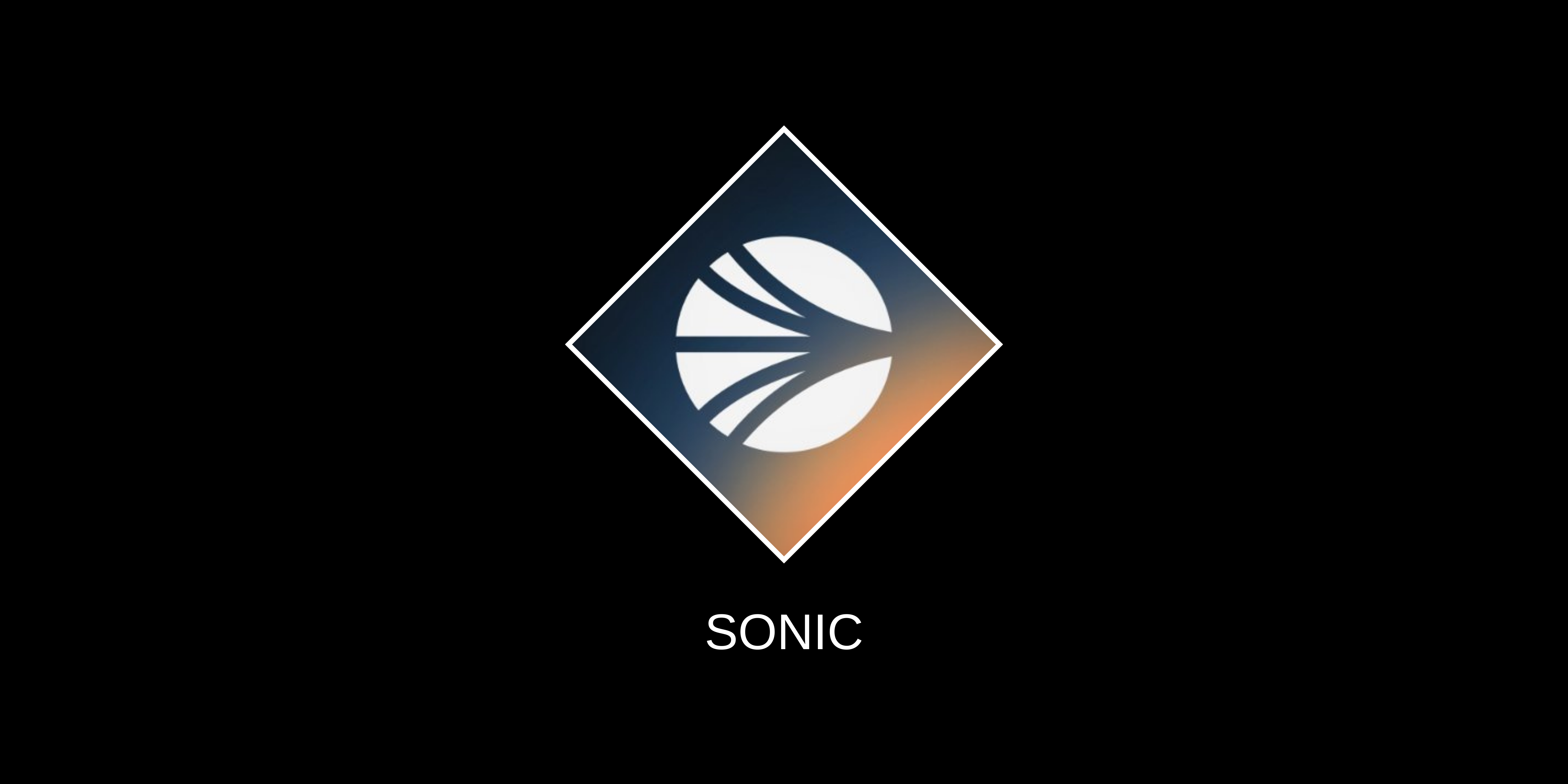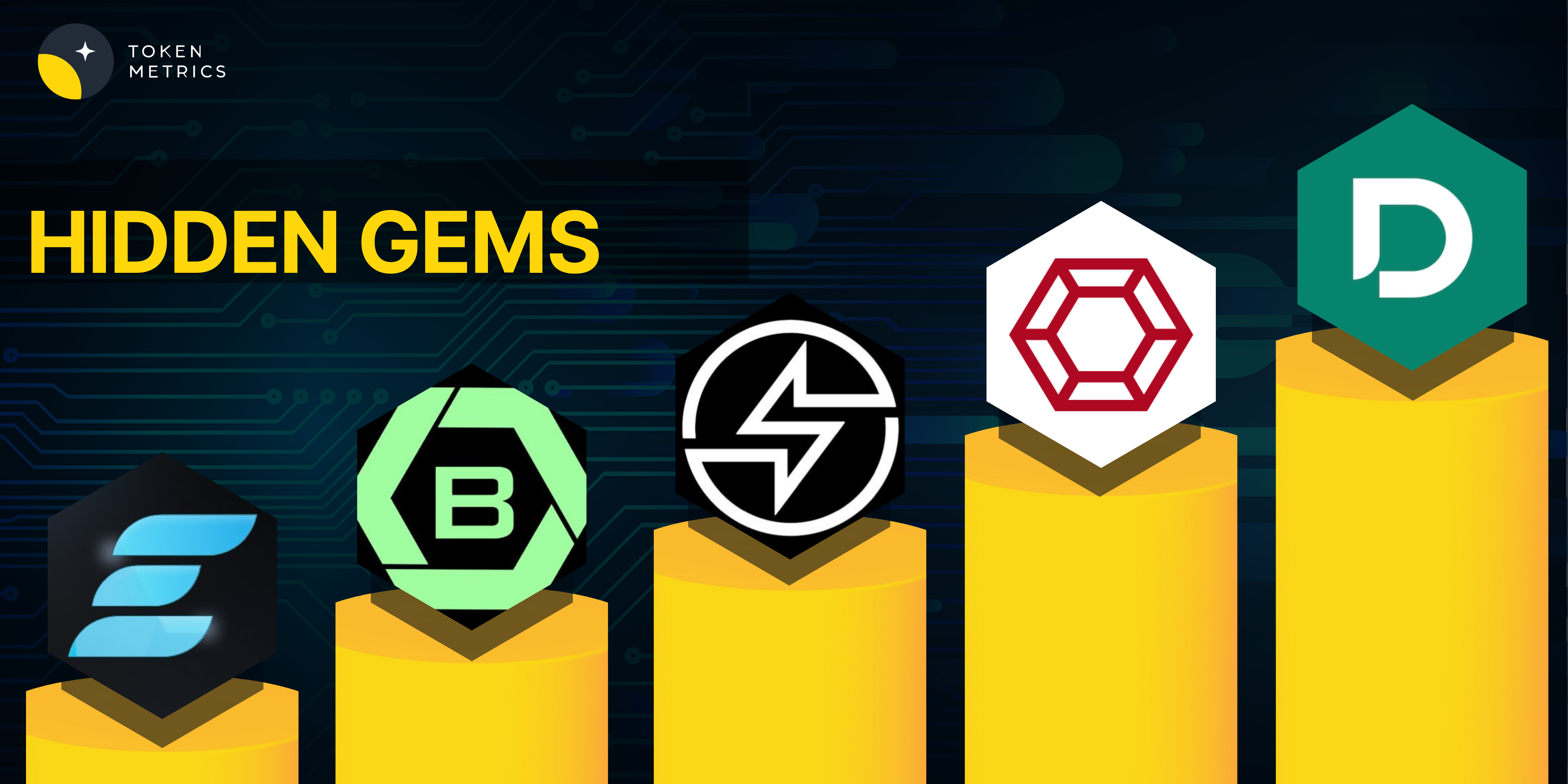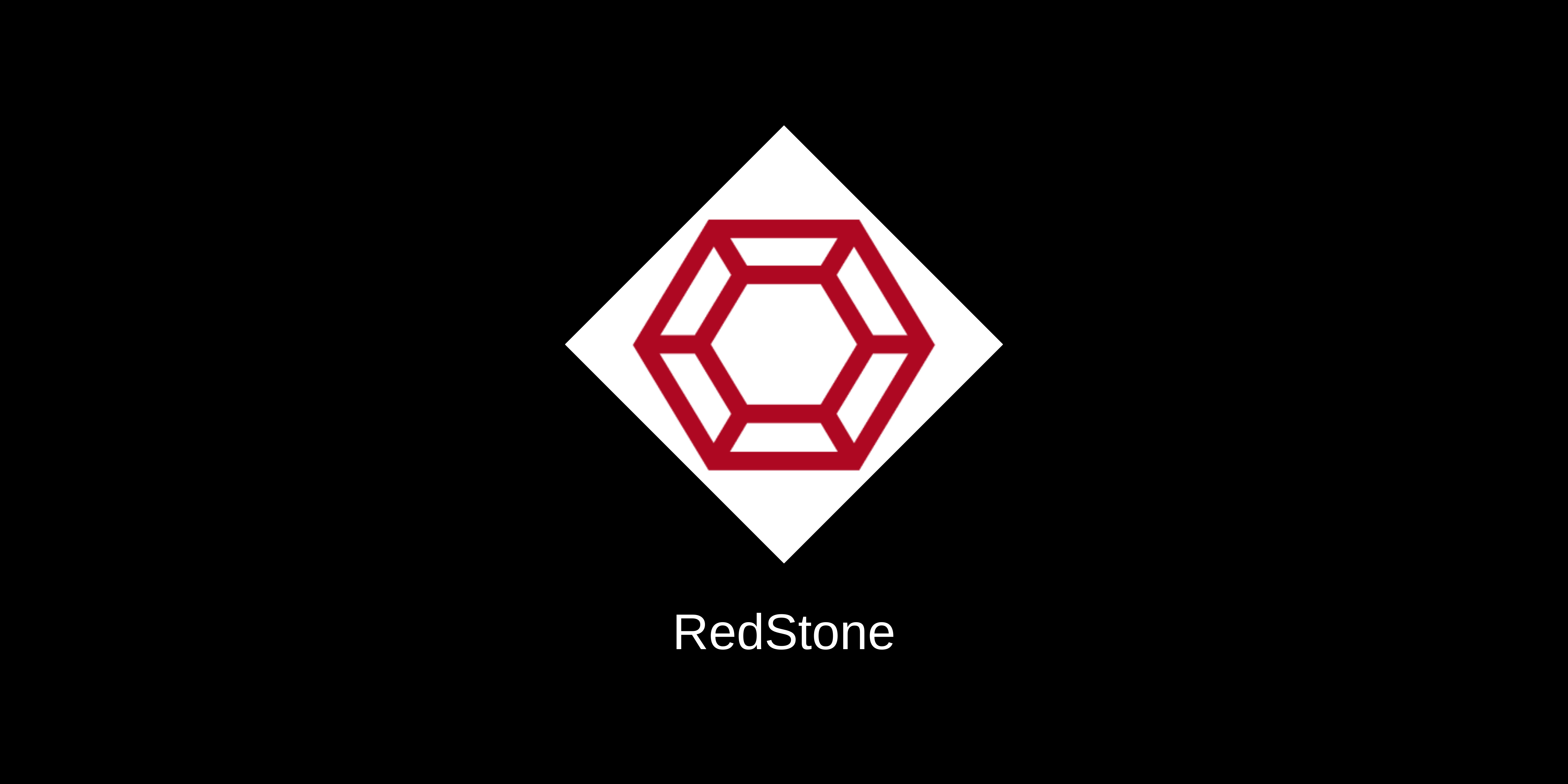Introduction
Pell is a sophisticated, multi-layered restaking network designed to enhance the security and utility of Bitcoin’s Liquid Staking Derivatives (BTC LSD) through a robust decentralized ecosystem. By providing unique roles for stakers, node operators, and developers, Pell introduces an innovative approach to scaling the security of blockchain applications. It optimizes the restaking process with a closed-loop business logic chain and integrates BTC LSD to secure distributed applications, offering tangible benefits for developers, stakers, and operators.
Innovation
Pell stands out for integrating BTC LSD into a dynamic restaking network that enhances decentralized services’ security and functionality. Through its Restaking Protocol, Pell creates a seamless platform for the restaking of BTC LSD, which benefits various participants by offering enhanced yields and incentivizing ecosystem contributions. The introduction of Actively Validated Services (AVSs) represents a key innovation, allowing operators to secure decentralized applications (dApps) through a decentralized trust network powered by BTC LSD. Pell’s marketplace facilitates the exchange of rewards between service providers and AVS operators, enabling further scalability and flexibility in how blockchain ecosystems are secured and operated.
Architecture
The Pell network architecture is meticulously designed to support a decentralized trust framework. At its core, the Pell Restaking Protocol employs a suite of smart contracts that are deployable across multiple networks, enabling the secure restaking of BTC LSD. The Pell Restaking Ledger is a decentralized tracking mechanism for managing restaked assets, rewards distribution, and validation activities. Furthermore, the Pell Network Client allows operators to connect to the network and participate in the peer-to-peer validation process, solidifying the decentralized nature of the ecosystem. This architecture ensures high transparency, security, and scalability levels, making Pell a strong candidate for future blockchain infrastructure.
Code Quality
The technical implementation of Pell is based on a solid foundation of smart contracts and decentralized ledgers, ensuring reliability and transparency. Given the complexity of integrating BTC LSD across multiple platforms, Pell’s development approach prioritizes security and modularity. The codebase supporting the Pell Restaking Protocol and AVS functionality is expected to be highly modular and adaptable, allowing for customization and extension. Using a decentralized ledger and peer-to-peer client suggests that Pell has been built with a focus on scalability and security, ensuring robust performance under varying network conditions.
Product Roadmap
Pell’s roadmap appears to be focused on expanding its ecosystem and improving the accessibility of its technology for both service providers and operators. Future developments will likely include enhancements to the Marketplace, opening it up to more service types and improving the integration with other blockchain networks. Continued refinement of the Pell Restaking Protocol and its supporting infrastructure could also be a key focus, with additional efforts to streamline the restaking process and ensure it remains user-friendly. The roadmap should address scalability concerns as the network grows and more participants engage in the staking, validation, and development activities that drive Pell’s core value proposition.
Usability
Pell is designed with clear roles for its participants, making it relatively easy for stakers, node operators, and developers to engage with the network. The Pell Network Client and Pell Restaking Ledger facilitate smooth interaction between ecosystem components. However, the system’s usability will depend on the ease of integration for developers and the ability of operators to manage their nodes and validate transactions effectively. The Pell Marketplace also adds a layer of usability by creating an open space for service providers to leverage BTC LSD security, which could drive further adoption. The system’s complexity may present challenges for new users, but its modular approach should allow advanced users to customize their participation.
Team
The success of Pell depends heavily on the expertise and vision of its development team. While the review does not provide direct insights into the core team members, the structure of Pell—comprising stakers, operators, and developers—suggests a well-rounded team capable of driving both technical and ecosystem growth. The team’s ability to maintain and iterate on the Pell Restaking Protocol and other foundational components will be crucial to Pell’s long-term success.
Conclusion
Pell presents a highly innovative approach to enhancing the security and utility of Bitcoin through the use of liquid staking derivatives in a decentralized restaking network. Its modular architecture, clear participant roles, and integration of a decentralized trust network for dApps make it a promising solution for securing blockchain applications. While Pell’s usability could be a challenge for newcomers, its design offers ample opportunities for scalability and customization. The continued development of the protocol and the expansion of the Pell ecosystem will be key to its ongoing success in the evolving blockchain space.
| Initial Screening | |||
| Keep researching | |||
| Does this project need to use blockchain technology? | Yes | ||
| Can this project be realized? | Yes | ||
| Is there a viable use case for this project? | Yes | ||
| Is the project protected from commonly known attacks? | Yes | ||
| Are there no careless errors in the whitepaper? | Yes | ||
| Project Technology Score | |||
| Description | Scorecard | ||
| Innovation (Out Of 11) | 9 | ||
| How have similar projects performed? | Good | 2 | |
| Are there too many innovations? | Regular | 2 | |
| Percentage of crypto users that will use the project? | 6%-10% | 3 | |
| Is the project unique? | Yes | 2 | |
| Architecture (Out of 12) | 9 | ||
| Overall feeling after reading whitepaper? | Good | 2 | |
| Resistance to possible attacks? | Good | 2 | |
| Complexity of the architecture? | Not too complex | 2 | |
| Time taken to understand the architecture? | 20-50 min | 1 | |
| Overall feeling about the architecture after deeper research? | Medium | 2 | |
| Has the project been hacked? | No | 0 | |
| Code Quality (out of 15) | 13 | ||
| Is the project open source? | Yes | 2 | |
| Does the project use good code like C,C++, Rust, Erlang, Ruby, etc? | Yes | 2 | |
| Could the project use better programming languages? | No | 0 | |
| Github number of lines? | More than 10K | 1 | |
| Github commits per month? | Less than 10 | 0 | |
| What is the quality of the code? | Good | 2 | |
| How well is the code commented? | Outstanding | 2 | |
| Overall quality of the test coverage? | Outstanding | 2 | |
| Overall quality of the maintainability index? | Outstanding | 2 | |
| When Mainnet (out of 5) | 5 | ||
| When does the mainnet come out? | Mainnet | 5 | |
| Usability for Infrastructure Projects (out of 5) | 3 | ||
| Is it easy to use for the end customer? | Yes | 3 | |
| Team (out of 7) | 4 | ||
| Number of active developers? | Less than 3 | 2 | |
| Developers average Git Background? | Intermediate | 2 | |
| Developers coding style? | Outstanding | 2 | |
| Total Score (out of 55) | 45 | ||
| Percentage Score | |||
| Innovation | 16.36% | ||
| Architecture | 16.36% | ||
| Code Quality | 23.64% | ||
| Mainnet | 9.09% | ||
| Usability | 5.45% | ||
| Team | 7.27% | ||
| Total | 81.82% |





